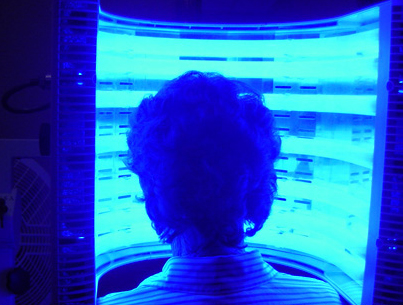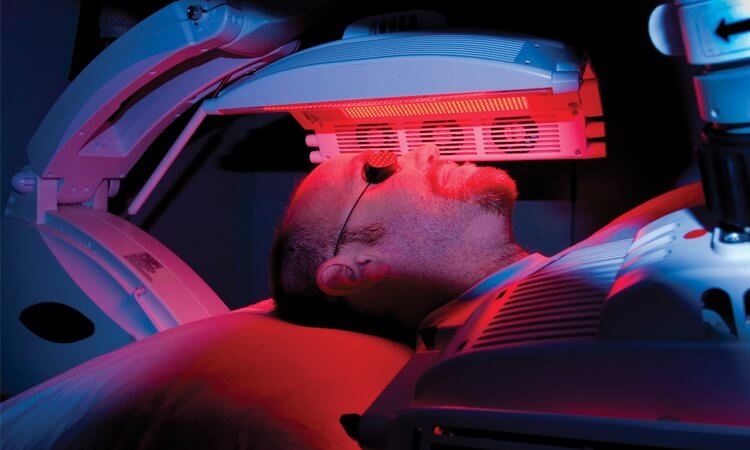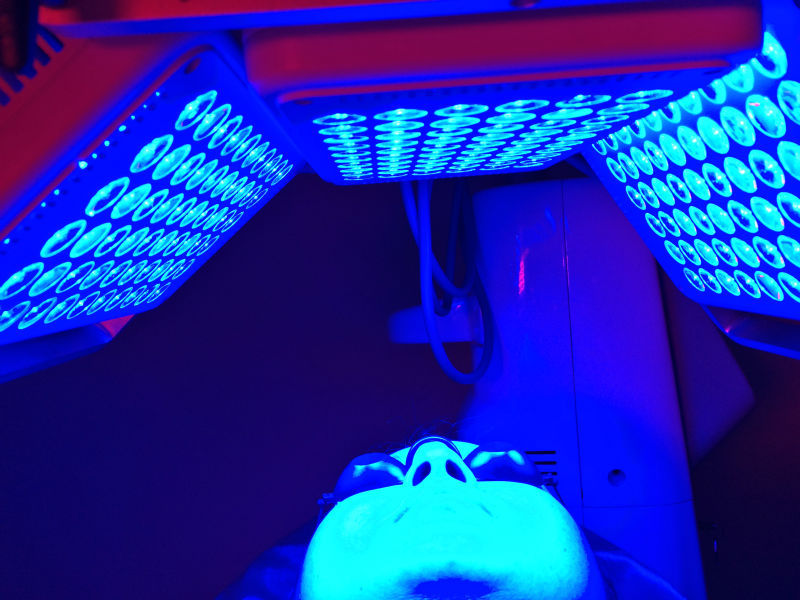Photodynamic Therapy from U.S. Dermatology Partners
Safe and Effective Skin Cancer Treatment
Photodynamic Therapy, often referred to simply as PDT, is a medical treatment that uses photosensitizing agents and light exposure to treat a range of conditions, including skin cancers, acne, and actinic keratosis (“pre-cancers”). You can learn more about photodynamic therapy on this page, and the U.S. Dermatology Partners team would love to hear from you if you’re interested in scheduling a consultation to discuss photodynamic therapy. Simply use our online request form to schedule a consultation visit at the U.S. Dermatology Partners office closest to you.

Image Source: MedicineNet.com
Find This Service Near You
What Is Photodynamic Therapy?

Who Is a Good Candidate for Photodynamic Therapy?

How Does Photodynamic Therapy Work?
Before receiving PDT treatment, we advise a visit to one of our U.S. Dermatology Partners locations for a consultation. During this consultation appointment, your dermatologist will evaluate your skin condition, walk you through the PDT process, answer any questions you may have, and work with you to develop an appropriate treatment plan, using PDT on its own or in combination with other therapies.

Image Source: Med.Apolo
The photodynamic therapy process consists of three steps:
Step 1:
Step one begins with the application of a light-sensitizing topical medication. In some cases, your provider will need to inject the photosensitizing agent.
Step 2:
After the photosensitizing agent is administered, you will enter the second step of the process, called incubation. This step can take several hours, a day, or longer, depending on the area being treated. During incubation, the previously administered photosensitizing medication is absorbed into the skin cells.
Step 3:
Once the photosensitizing agent is absorbed, you will enter into the third step of the PDT process. During the final step of PDT, the damaged tissue will be exposed to a specific wavelength of light designed to further activate the photosensitizing agent, leading to the destruction of the damaged skin cells. The type of light used will depend on the area of damaged skin and the details of the individual’s skin condition.
The PDT procedure is performed in one of our outpatient dermatology offices. We will create a treatment plan to ensures the best results are achieved safely and efficiently through expert care with our skilled dermatologists. If your PDT treatment is combined with other types of treatment, this plan may need to be adjusted. The physicians at U.S. Dermatology Partners can provide you with more information about the specifics of your PDT plan based on your individual needs.
Following your PDT session, you will come back to visit your dermatologist for a follow-up examination to ensure you are healing well and that your treatment achieved the desired results. At this point, we can discuss whether or not you may need to visit our office for additional follow-up treatments. If you have achieved the desired result after your first PDT session, we will likely still recommend you visit us on an annual basis. During this annual checkup visit, we can provide you with recommendations for ongoing maintenance PDT sessions, if indicated. We will also carefully examine your skin for signs of further concern that may be indicative of a need for additional treatments.
Are there Side Effects of Photodynamic Therapy?

In addition to the redness and peeling skin after PDT sessions, you may notice the following side effects:
- Sensitivity to light that causes tingling, burning, or redness in the treatment area
- Swelling and discomfort in the skin as well as blistering that may occur in the treatment area
- Your immune system may be impacted by the photosensitizing agents, including stimulating it to overreact or weakening the immune system
The good news is that even the most serious side effects of PDT treatment, which are rare, resolve within a few weeks. In most cases, there is no scarring or long term adverse impact on the skin or overall health. Because this treatment option is so safe and comfortable, it is quickly becoming a go-to solution for dermatologists and other physicians who treat skin conditions that previously required significantly more invasive or lengthy procedures to achieve similar results.
How Long do the Results of Photodynamic Therapy Last?
Annual maintenance treatments are often required to maintain the results of PDT, but individual maintenance requirements will vary based on the patient’s specific condition. During a follow-up appointment, we will discuss your results and create a treatment plan.
*Results may vary by individual
